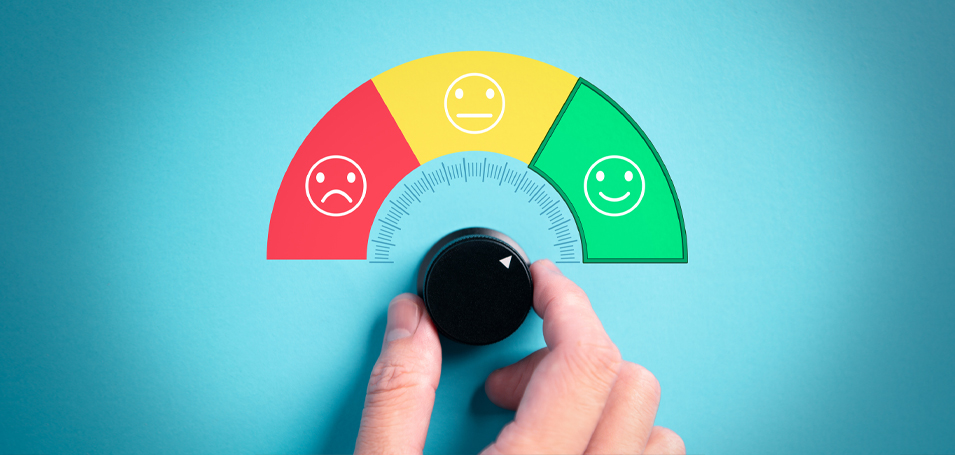Customer education, at its core, is intended to help customers get the maximum value from your product. This means, naturally, one of the strongest partnerships a customer education team can have at their organization is with product. For me, I see both of these functions naturally seeking the same goal: product adoption, and boosted value for our customers. This is all to say, when customer education succeeds, so does product – and vice versa.
In product organizations, our journey doesn’t stop with turning on a new feature. It’s about guiding the customer to use it in the best way possible, and ultimately achieve their own goals. That’s why a close partnership between product and customer education is so impactful for your customers’ overall experience with your solution. Read on for more on how these teams can best work together.
Why Align Customer Education and Product?
Let’s look at the big picture for both customer education and product. At its core, product’s main goal is to solve problems and fit a need for customers. Even behind smaller releases or minor tweaks, there’s always something bigger picture driving our vision and our roadmap.
Often, especially in software and tech, it’s tough for customers to find value in a product on their own. A deep alignment with customer education is the best way to communicate that deeper value to users with every single rollout.
With customer education and product working closely, we don’t just teach the “what” of a new feature, but also “how” to utilize it in the best way possible. And even further, we’re able to communicate how this new feature truly brings value to the customer. It enables the organization to get across an underlying conversation on value – and with a closely aligned customer education team, this conversation can get started swiftly and smoothly.
Benefits of a Partnership Between Customer Education and Product
A common pain point for customer education teams in software or SaaS businesses is simply keeping up with the product. Tech products are amazing in that they’re constantly changing – we’re able to keep iterating and making our platform better. But it also means that training content can quickly become out-of-date, or that new training needs to be made from scratch to support new functionality.
By becoming deeply embedded in product release cycles, customer education teams are in the loop well in advance of a new feature dropping. They can edit or build training around a new feature, which means they can release it in tandem with the launch itself. This way, customers have access to the education content right when they need it.
Another perk for customer education teams is the visibility into feedback data. In product, we have so many inputs for listening to our customers. Let’s say we’re seeing a lot of questions come in around a particular pain point – but our product actually already has the functionality to solve it. The problem there is with adoption and awareness.
The product team can then pair this data with the correct functionality, and collaborate with education to fill in that gap. It’s part of a larger benefit for both teams to match the benefits and functionality that equip the customer the right way.
How to Embed Customer Education in Product Cycles
So, if your customer education team currently feels detached from product release cycles, what’s the best way to start a collaboration?
It’s common for customer education teams to rely on product as their source of subject matter expertise. If possible, it’s simplest for a single product manager to own a feature from ideation through to release and enablement. Transparency into which team members own which features will go a long way toward clarity and an easy partnership. Product managers will also have enablement and education in mind throughout the development process. Ultimately, they’ll be prepared and ready to partner when the feature is ready.
Another strategy that I’ve found has worked well is assigning a tier value to different releases. For example, a Tier 0 update could be a minor bug fix. Meanwhile, a Tier 4 signifies a large-scale, game-changing release.
This organizational system is a great way to communicate to the customer education team how to handle each release. Not every minor change needs a new course, for example. Something Tier 0 or 1 may just need a new screenshot in existing content, or a customer email. This process works best when the product team does their homework before handing it off to the training team. Done right, it can also cut down on time spent in handoff meetings.
Most importantly, your process to align customer education and product should be as repeatable as possible. Setting standards and guidelines for enablement means the handoff is seamless, and the customer ultimately receives the right education at the right time – all with minimal internal obstacles.
Many companies – particularly those in software and tech – can face a huge challenge when it comes to product adoption. From a lack of adoption altogether, to trouble encouraging customers to use new features, to connecting product functionality to customer pain points… it’s not easy. But the good news is, customer education teams are uniquely suited to address these head-on, and a partnership with the product team makes it even easier.




